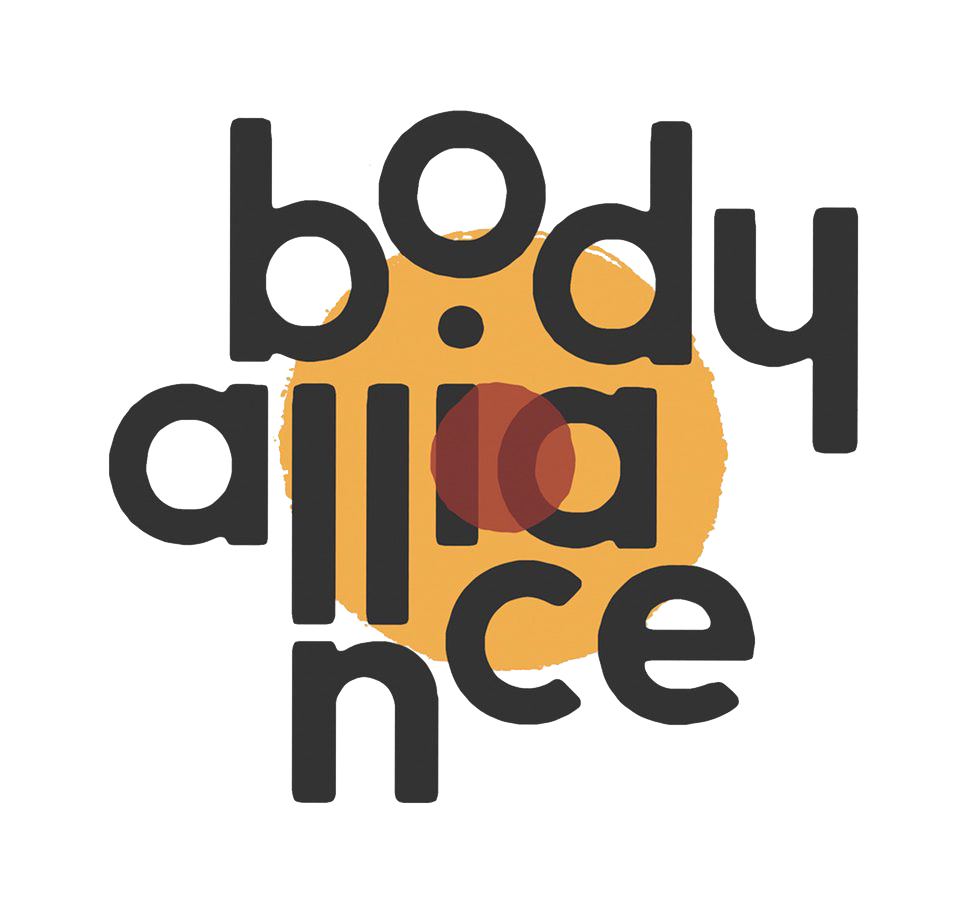Common hip musculoskeletal conditions include sports-related, overuse or age-related injuries, trauma, developmental issues or inflammatory conditions. Below is a list of common hip conditions.
Hip Flexor Strain: Overstretching or tearing of the hip flexor muscles, often seen in sports requiring repetitive kicking or sudden acceleration.
Hamstring Injuries: Strains or tears in the hamstring muscles, which connect to the hip bone, common in sports involving sprinting and sudden stops.
Groin Strain: Injury to the muscles of the inner thigh and groin area, prevalent in sports with quick changes in direction.
Labral Tears: Athletes involved in activities with repetitive hip movements, like soccer or hockey, may experience tears in the labrum (cartilage around the hip socket).
Hip Pointer: Contusion or bruising of the iliac crest, often seen in contact sports like football or hockey.
Stress Fractures: Repetitive stress on the hip bones can lead to stress fractures, particularly in long-distance runners.
Snapping Hip Syndrome: Athletes in activities requiring frequent hip flexion may experience snapping sensations due to tendons or muscles moving over the hip joint.
Bursitis: Inflammation of the fluid-filled sacs (bursae) around the hip joint, causing pain.
Tendinitis: Inflammation of hip tendons, often due to overuse or strain.
Greater Trochanteric Pain Syndrome (GTPS): Pain around the outer hip due to inflammation or injury.
Femoroacetabular impingement (FAI): hip condition where there is abnormal contact between the femoral head (the ball-shaped top of the thigh bone) and the acetabulum (the socket in the pelvis).
Hip Dysplasia: Abnormal development of the hip joint, often present from birth.
Osteoarthritis: Degeneration of the hip joint cartilage, leading to pain and stiffness.
Rheumatoid Arthritis: An autoimmune disorder causing inflammation and damage to the hip joint.
Proper warm-up, conditioning, and technique are essential to prevent sports and overuse injuries.
Consulting a healthcare professional is crucial for accurate diagnosis and appropriate management of these conditions. Treatment may include rest, physical therapy, and, in severe cases, surgical intervention.
Book your Physiotherapy appointment here
